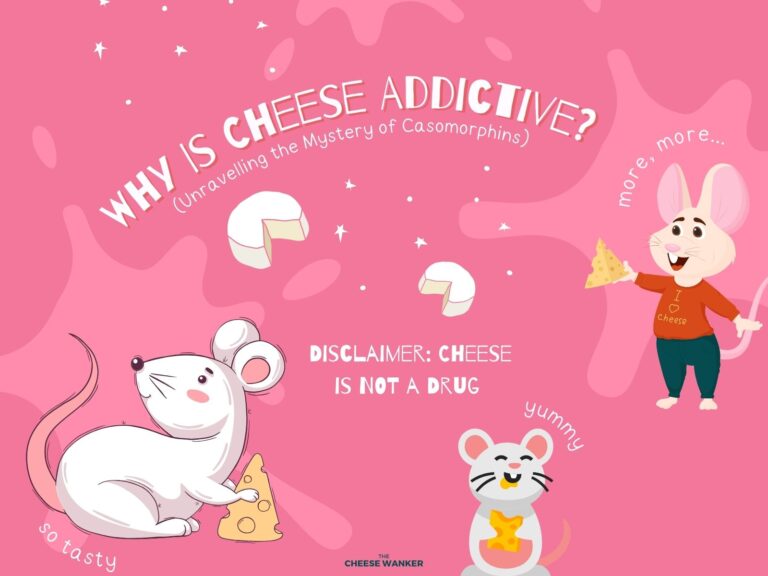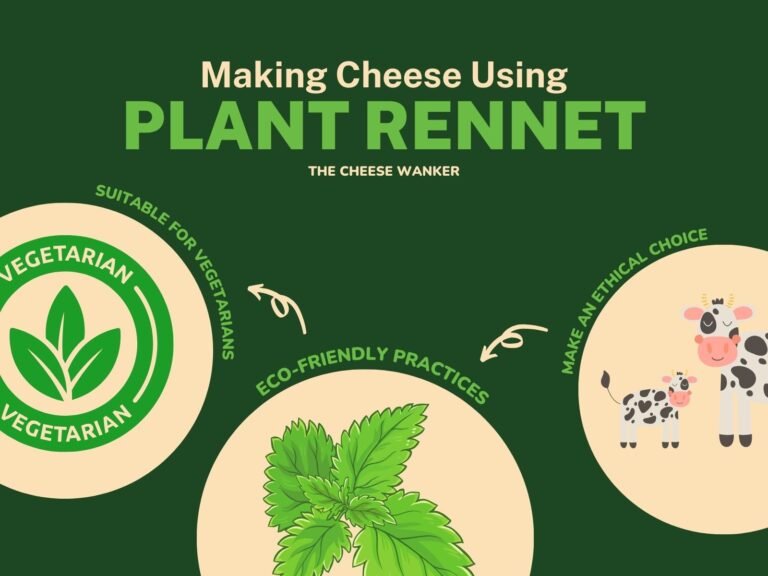Without a doubt, cheese is one of the world’s most popular foods. But there is so much misinformation about cheese on the internet and in the media. Read on to discover our 10 life-changing facts about cheese.
SEE ALSO: The 10 Commandments of Cheese for the righteous turophile →
1 Mould is OK
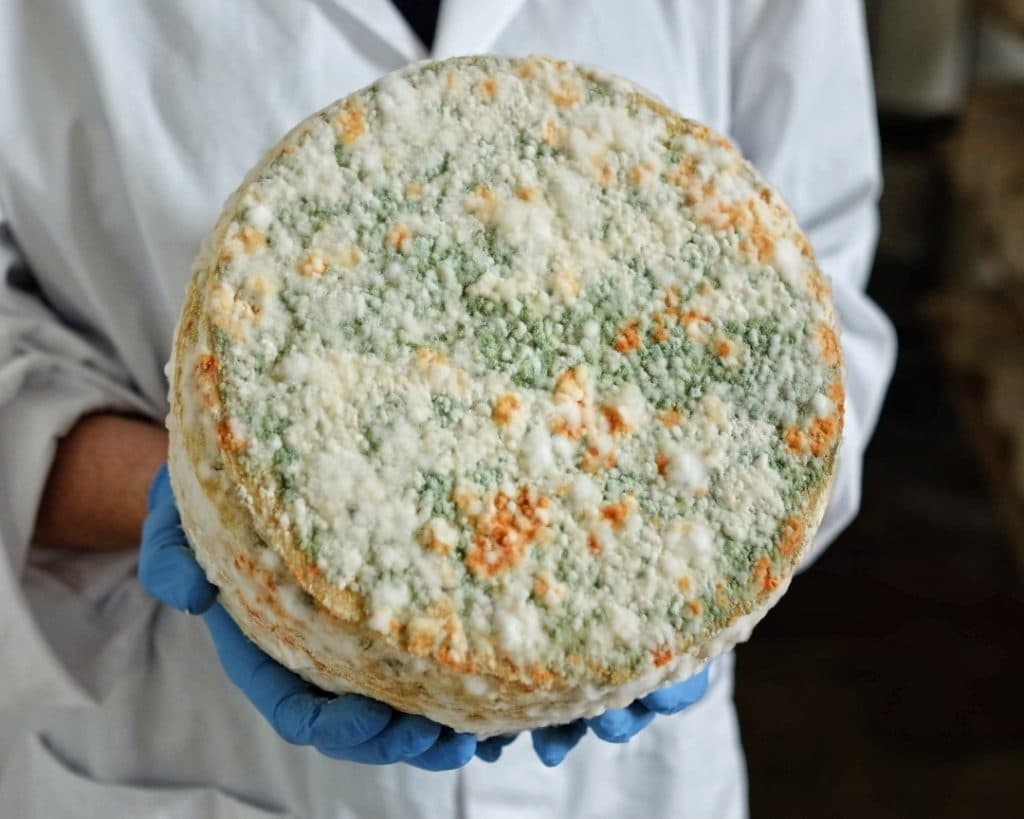
In many ways, cheese is mould. If you’ve eaten cheese even once in your life, then you have eaten mould.
Mould is used for various reasons in the cheesemaking process. Some like Penicillium candidum and Geotrichum candidum add the beautiful white textures that we all love on the rind. Others like Penicillium roqueforti and Penicillium glaucum add the blue veins that we all go gaga over in blue cheeses.
Furthermore, it is not uncommon to find fluffy bunny tails growing on the surface of soft white mould cheeses such a Brillat-Savarin. Or patches of blue on some hard cheeses like Hafod. In all of the above examples, the mould contributes positively to the aroma, flavour and texture of the cheese.
2 Lactose intolerant people can eat cheese
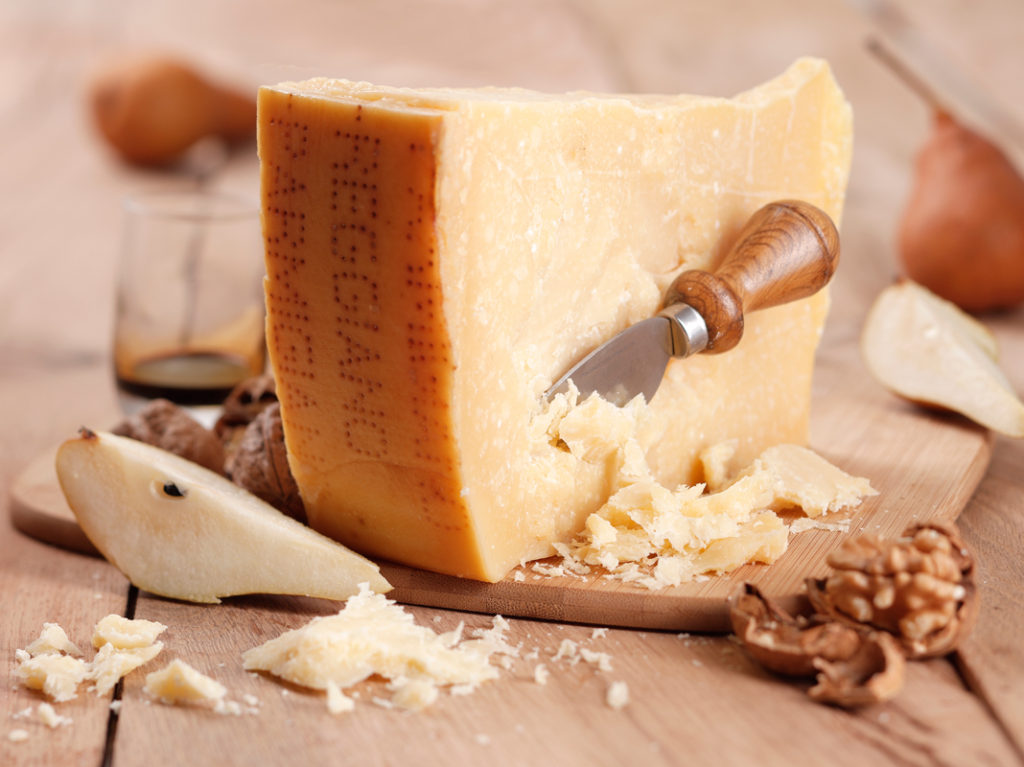
Did you know that most matured hard cheeses are naturally lactose free? Lactose is a sugar that exists in milk. During the cheese making process, it finds itself in the whey that is predominantly present in fresh and young soft cheeses.
In hard cheeses like Cheddar, Parmesan and Gouda, almost all the whey has been drained during the cheesemaking process. Furthermore, while the cheese matures, the leftover lactose gradually converts into lactic acid.
As a result, pressed cheeses that are matured for longer than 18 months are essentially lactose-free.
3 And vegetarians can eat cheese too
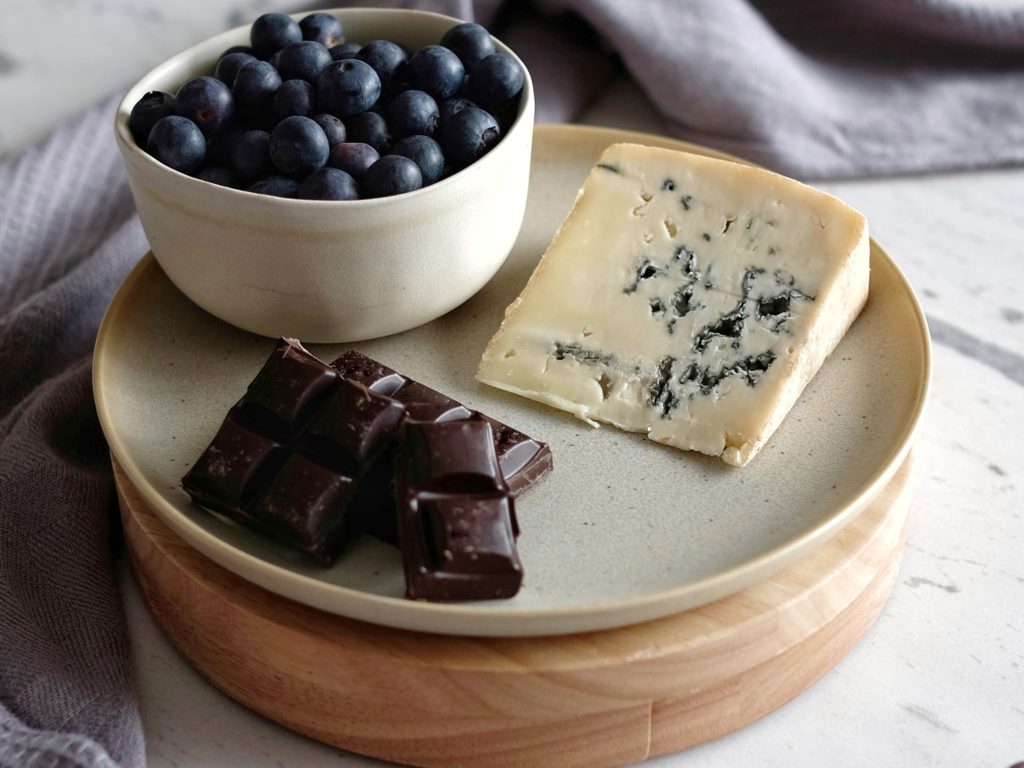
Being a vegetarian does not mean that you can’t eat cheese. Traditionally, it takes four ingredients to make cheese: milk, culture, salt and rennet.
Rennet is an enzyme that is used to coagulate milk. What does this mean? It turns milk into curds that then develop into the texture that we commonly associate with cheese. Traditionally, rennet has come from animal sources.
However, more and more cheeses are now made with plant-based rennet. Some examples of such rennet include cardoon thistle, nettles and artichoke. There are some spectacular vegetarian-friendly artisanal cheeses available around the world.
4 Never wrap cheese in plastic
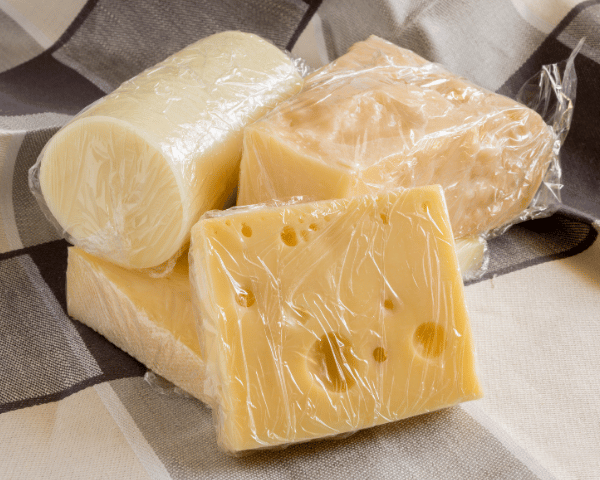
Now this is absolutely criminal. Cheese (and the mould inside it) is essentially a living organism. What happens when you wrap a living organism in plastic? It DIES! For those odd occasions when you are not able to consume all the cheese you have bought in one sitting, it is critical that you store them in an appropriate manner.
Moreover, I would recommend two different options for wraps. My first choice is porous greased paper. This is the best option because it does not stick to the cheese and lets it breathe. Beeswax wraps are also a decent option. They are the most sustainable choice and also allow the cheese to breathe. However, the smell of the beeswax will sometimes transfer onto the cheese.
5 You should not freeze cheese
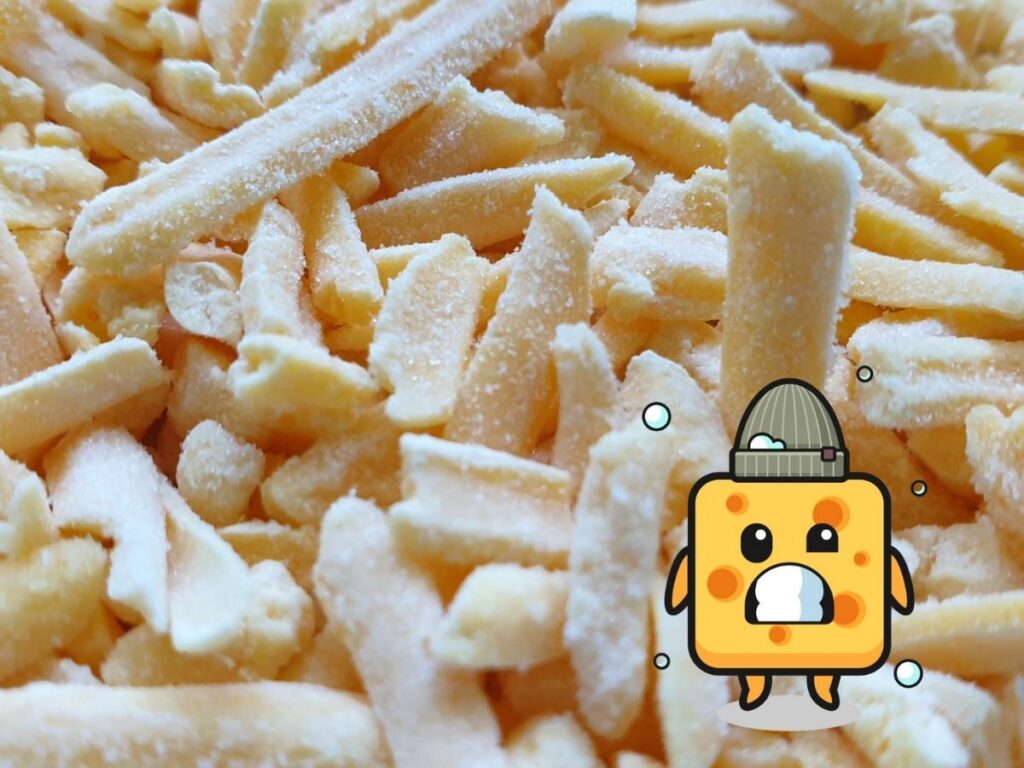
“Can you freeze cheese?” and “Should you freeze cheese?” are 2 very different questions. Purely from a food safety point of view, the answer is yes to the first question. Freezing cheese and thawing it at a later date does not pose any health risks.
However, all cheeses contain water. And what does water do when frozen? It expands! This process will ruin the molecular integrity of most cheeses and change the texture significantly. When the frozen cheese is subsequently thawed, it will have liquid water gushing out of it. Not what we want right?
Having said that, some hard cheeses like Parmigiano Reggiano and matured Cheddars can be grated and then frozen. This process means that ice can instead form on the surface rather than on the inside of the cheese.
6 Eat cheese when it’s ripe

See that “Best Before Date” on your cheese? Use it as your guide! In fact, this is particularly important for cheeses that are bought intact, e.g. small white mould soft cheeses, soft washed rinds or bark-wrapped cheeses.
Such cheeses continue to mature even after you buy them. Moreover, their aroma and flavours become more complex and the texture breaks down to produce that highly sought after ooze.
So, when is the best time to enjoy your cheese? Within a week of the “Best Before” date, you will get to enjoy a cheese with oozy texture and mild to moderate flavour. At or slightly past the “Best Before” date, the texture will break down completely and the flavour will reach another level of intensity!
7 Always serve cheese at room temperature

Keeping cheese in the fridge is a good way to let it age in a controlled environment. However, the lower temperature will keep the texture very firm and trap the oils that are essential for aroma and flavour.
It is strongly recommended to take most cheeses out of the fridge for at least 30 minutes before serving. This will help make the texture softer and liberate the aroma and flavour. Actually, for some soft cheeses, you might even want to take them out one hour before serving. This will give you that spectacular ooze that your guests will keep gawking at!
8 You can eat the rind
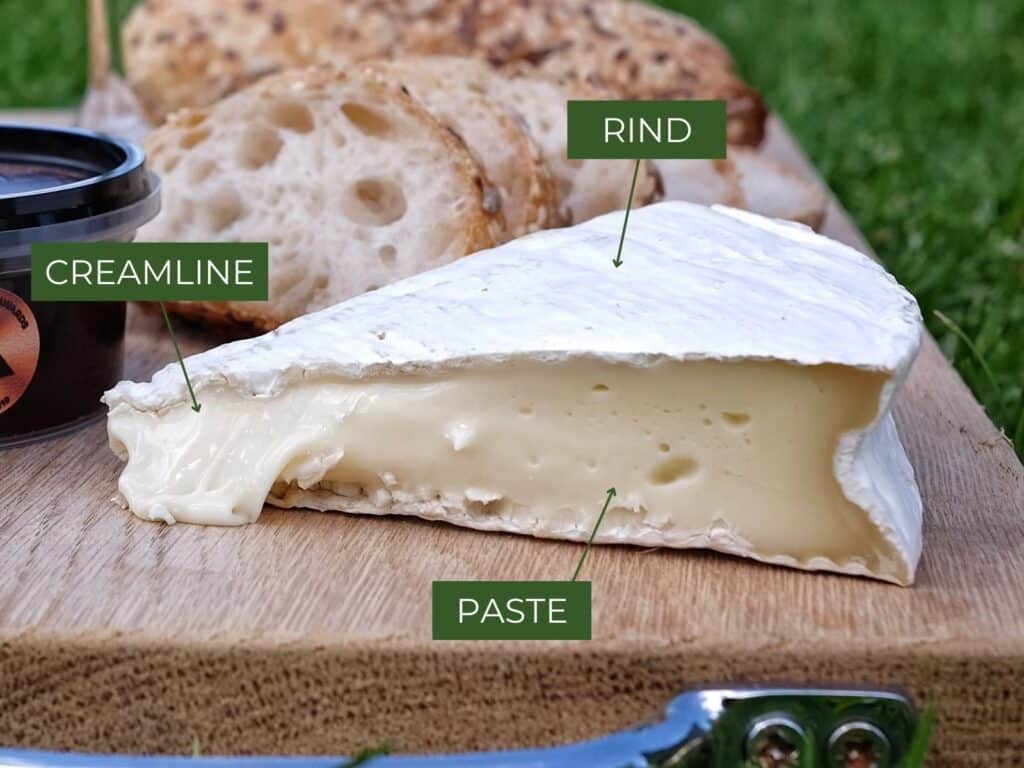
Did you know that the vast majority of cheeses have an edible rind? The rind is the outside part of the cheese. And there are broadly three different types of rind that you will find on cheese: natural, clothbound and wax.
Essentially, any rind that is natural can be eaten. This includes the rustic rind on cheeses such as Comté, Gruyère and Ossau-Iraty. And also the white bloomy rind on Brie and Camembert. Moreover, I would extend the edible rinds to soft washed rinds such as Epoisses and Maroilles.
In addition to being safe to eat, some of those rinds actually pack the most flavour out of any part of the cheese. So, look out for notes of mushroom on a Brie rind or barnyard qualities on the Ossau-Iraty.
9 Not all French soft cheeses are the same
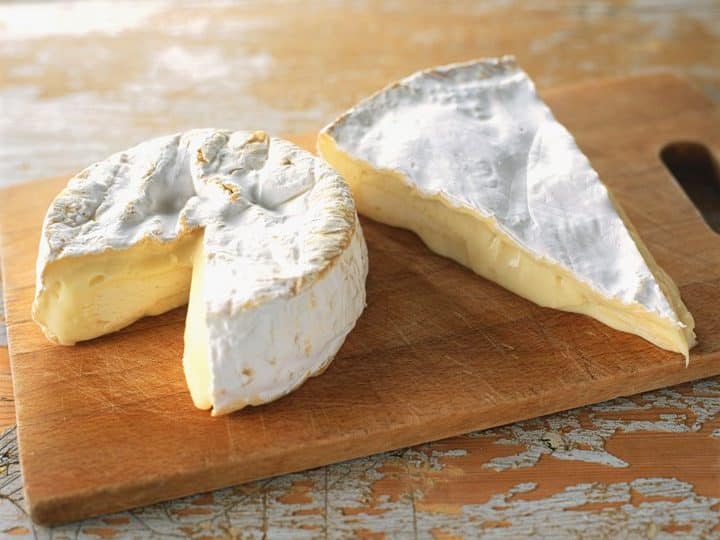
Let’s have a look at Brie and Camembert, the two most famous soft cheeses originating from France. Both cheeses are traditionally made with raw cow’s milk but the similarities pretty much end there!
Firstly, they come from different parts of France. Brie can only be made in the Northeast of France within specified regions near Seine-et-Marne. On the other hand, Camembert comes from Normandie, in the North of France.
Another point of difference is the size of the wheels of cheese. Wheels of Brie are around 35cm (14in.) in diameter whereas Camembert is around 10cm (4in.). As a result, Brie is typically creamier with a fat content of around 60-70% whereas Camembert is slightly firmer with a marginally lower fat content.
10 Some French cheeses actually smell like feet
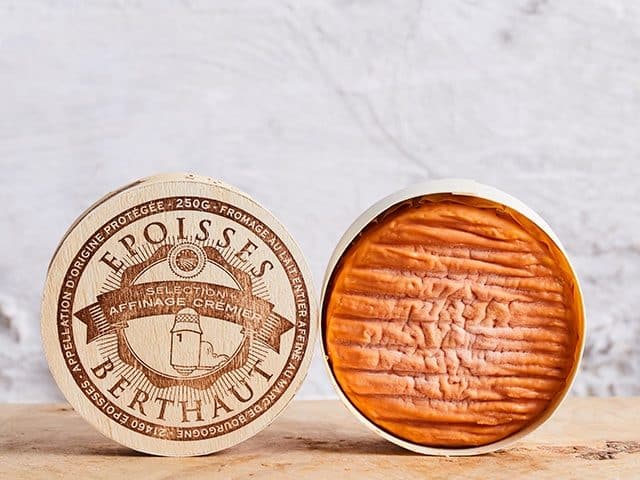
Brevibacterium aurantiacum is a harmless bacterium that feeds on our dead skin cells to release a chemical called methanethiol. Methanethiol is responsible for that distinct “foot odour” we are all familiar with.
Whilst the smell it generates is not always pleasant (I have grown to love it!), the presence of this bacterium on the surface of cheeses such as Epoisses de Bourgogne, Raclette and Morbier plays a critical role in the texture and flavour development.
Most cheeses contain an amino acid called methionine. The bacterium breaks down this amino acid to produce methanethiol. And there you are! From different origins, we have ended up with the same chemical. And the same odour.
Eat cheese like a pro
There you go my fellow curd nerds. You are now fully equipped with the cheese wisdom to impress everyone around you. What did you think of our 10 life-changing facts about cheese? Drop us a comment below.
